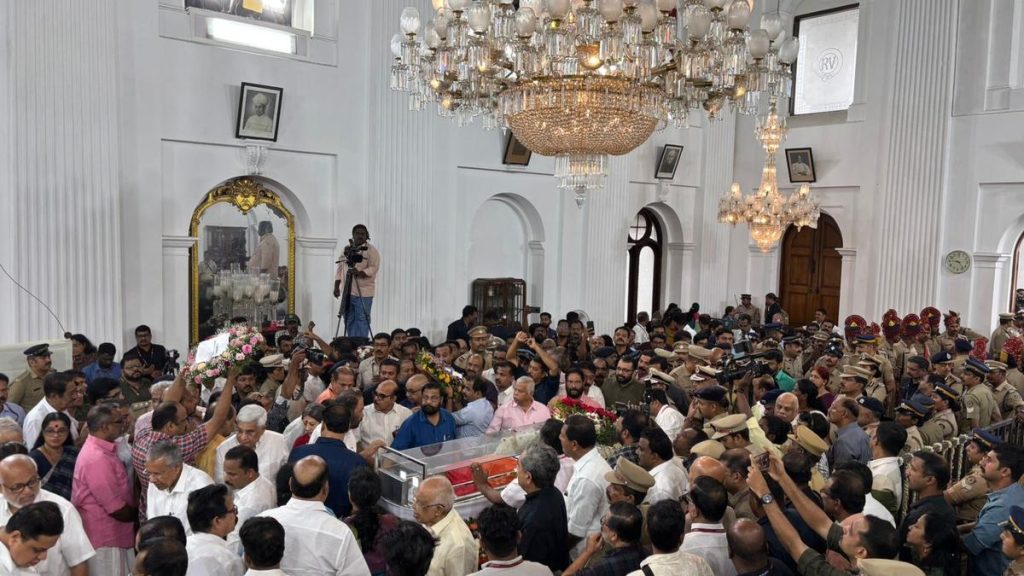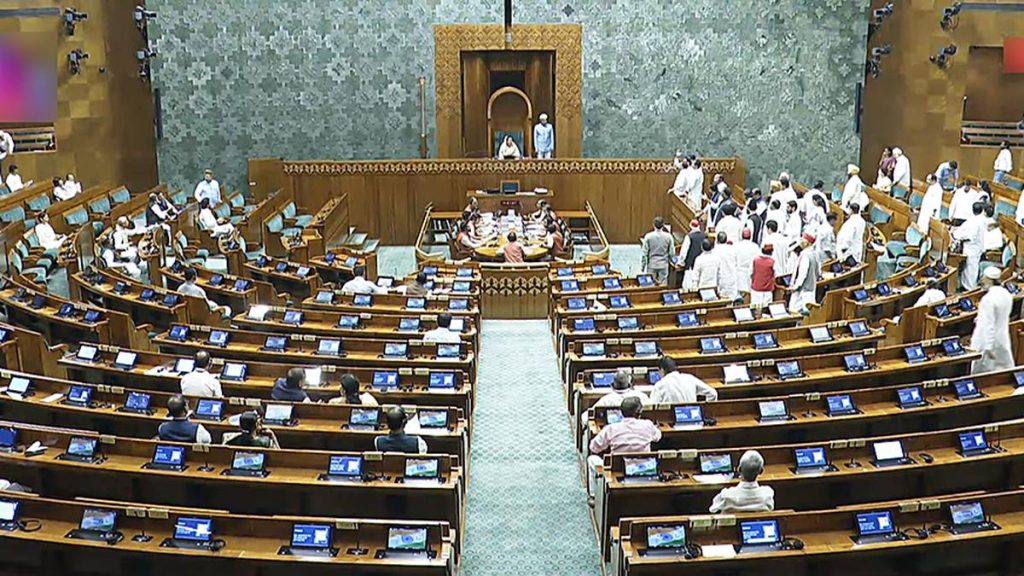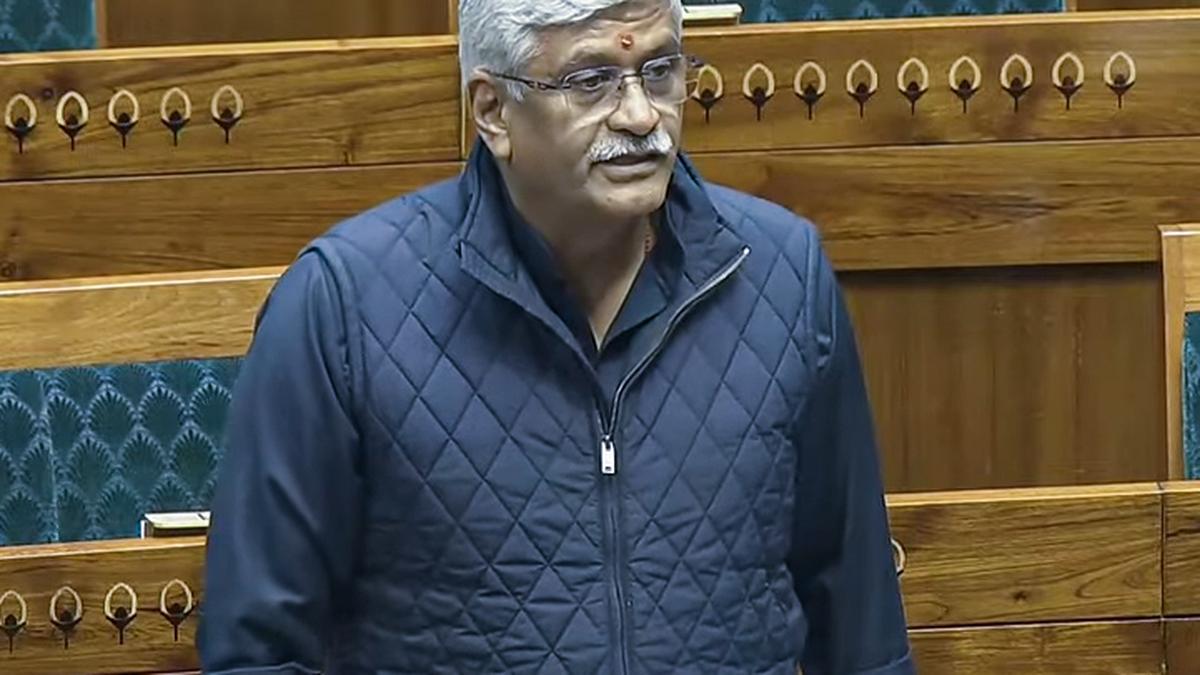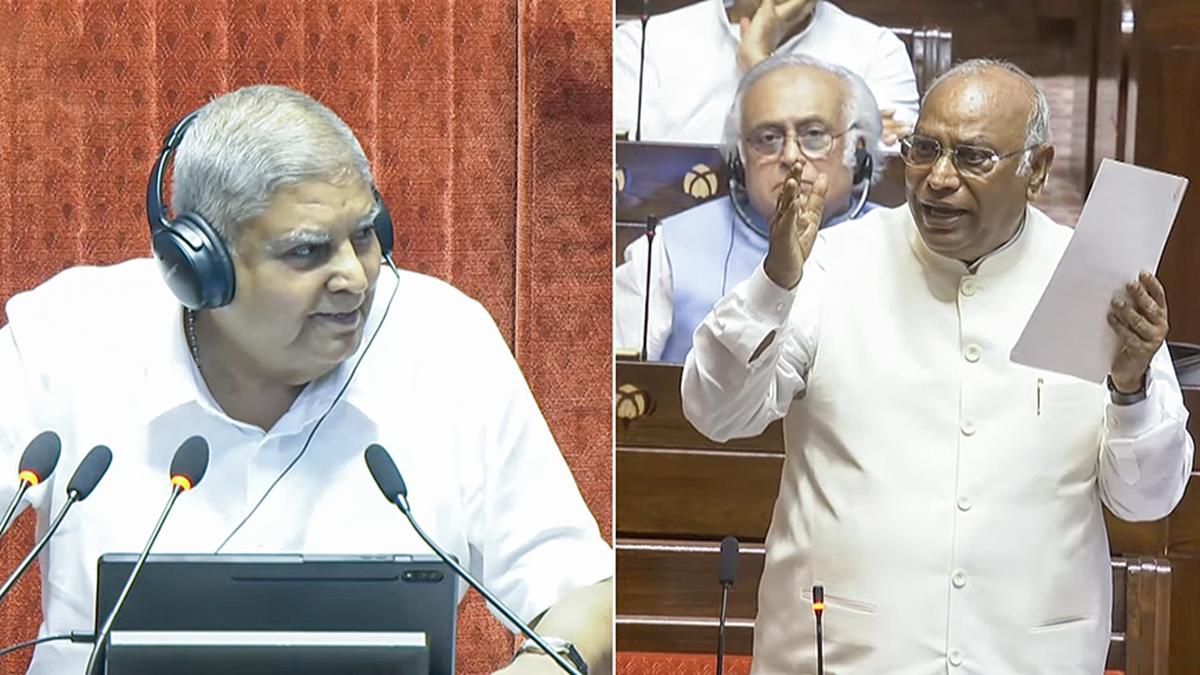Now Reading: Vice President Election Timeline to Align with Constitutional Mandate
-
01
Vice President Election Timeline to Align with Constitutional Mandate
Vice President Election Timeline to Align with Constitutional Mandate
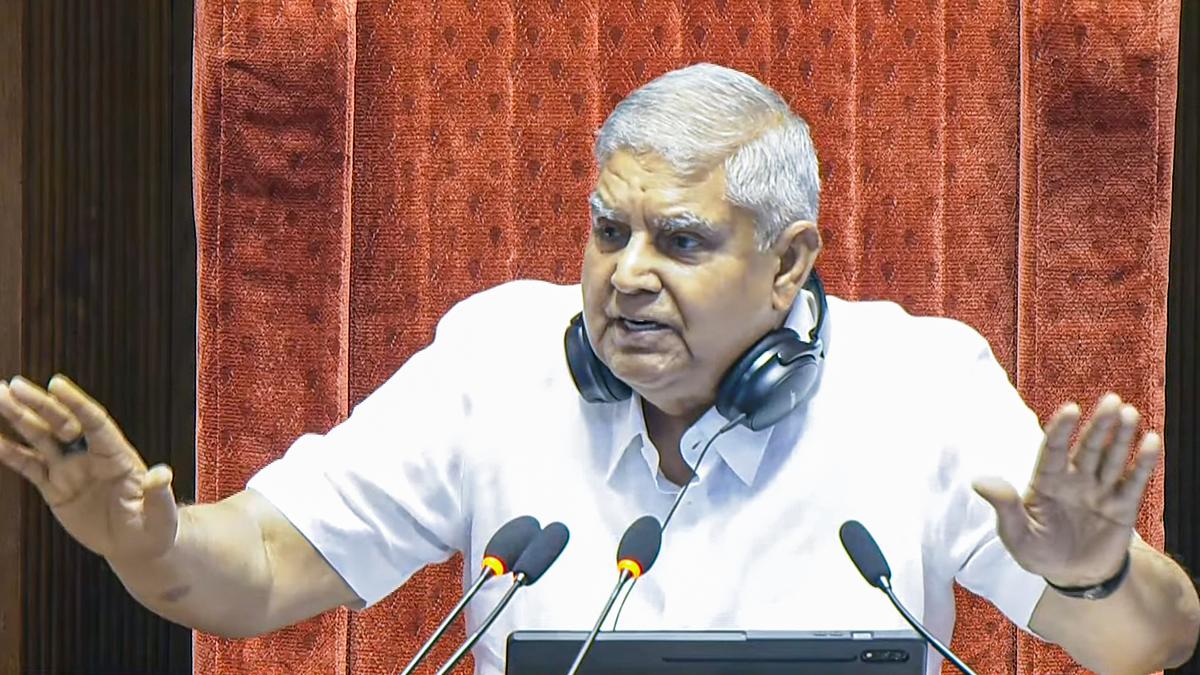
Rapid Summary
- Jagdeep Dhankhar has resigned as Vice President of India, triggering the need for an election to appoint his successor.
- As per Clause 2 of Article 68 of the Constitution, such elections must occur “quickly” after the vacancy.
- The elected individual will serve a full five-year term starting from their date of assumption.
- The Constitution is silent on who performs Vice President duties during a vacancy or when the vice President acts as President. However, in terms of Rajya Sabha chairperson duties, they are temporarily transferred to the deputy Chairperson or another member authorized by the President.
- The Vice President is elected by an Electoral College composed of members from both Houses of Parliament through proportional representation and single transferable vote.
- Eligibility criteria include Indian citizenship, a minimum age of 35 years, and qualifications required for Rajya Sabha membership while not holding any office of profit under government authorities.
Indian Opinion analysis
The resignation of Jagdeep Dhankhar marks a significant constitutional event necessitating urgent action to elect his successor under Article 68’s provisions. This growth underscores India’s meticulous structural design in handling high-level transitions within its political framework while ensuring continuity in governance functions-such as temporary reassignments within parliamentary operations like chairing Rajya Sabha sessions.
beyond structural processes, this transition represents an possibility for democratic institutions to reflect over their custodianship responsibilities vested by public mandate through parliamentary representation-the election outcome now rests directly on this participative decision-making.For further details: Read More


